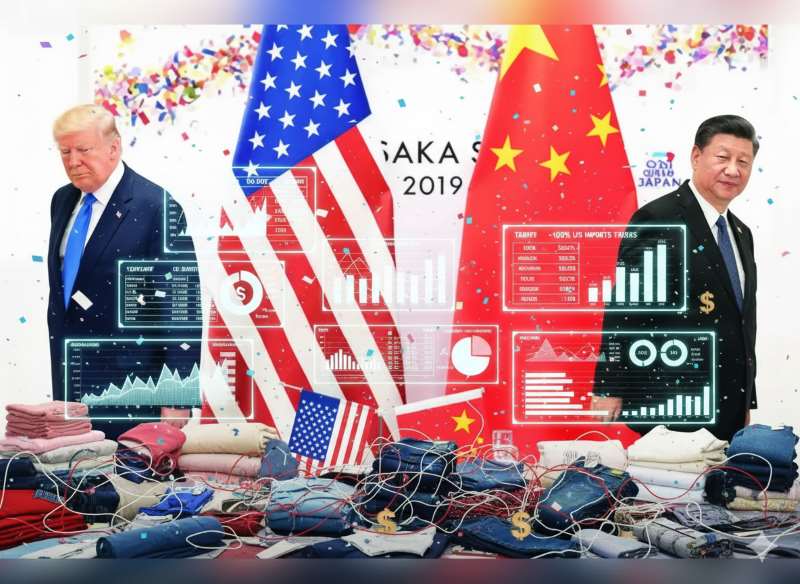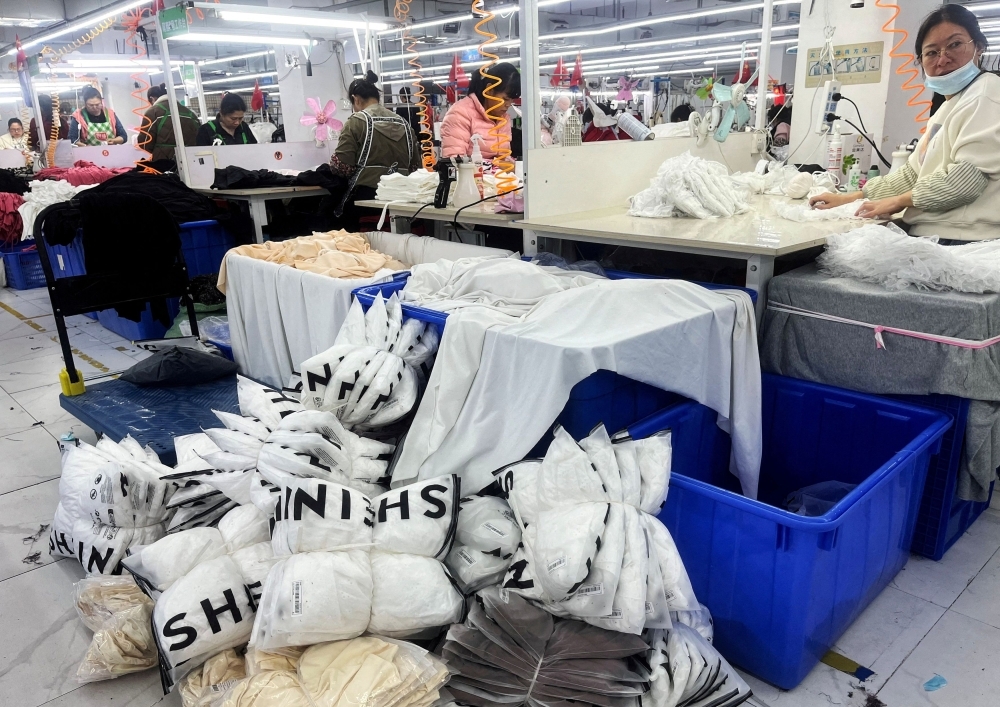
The fashion industry is being pushed fast and hard towards circularity and the EU is perhaps its most vocal implementer, having introduced key legislations that regulate the environmental and social impact of fashion. Hong Kong-based environmental NGO Redress that specializes in sustainability in Asia, released an industry report related to Asia’s manufacturing bases for the global fashion sector. The report clearly highlights Asian supply chains are nowhere near ready to deliver the need of the future and this worrisome as Asia is the global manufacturing hub for textiles and apparel.
As Christina Dean, Founder, Redress, supported by the VF Foundation points out, the three main gaps are: design knowledge, financial challenges in an extremely price-sensitive sector and leadership skills to steer Asia towards fashion circularity in a meaningful way. The report was presented at a panel discussion at Fashion Summit Hong Kong, Asia's sustainable fashion event, as well as at Shanghai Fashion Week.
Design knowledge gap hinders transition
It’s the time for a now or never approach in Asia, where organizations that support fashion circularity and expert and experienced designers collaborate to conceptualize and implement circularity best practices to ensure Asian hubs are able to fulfill the circularity model that is the future of fashion. Redress’ study comprised 195 global fashion professionals, the methodology being mainly in the form of quantitative questionnaires supported by 40 qualitative interviews with professionals working with organizations that produce apparels for Europe, China and South East Asia.
Almost 79 per cent respondents acknowledged the current design knowledge gap that is going to be a significant obstacle for circularity to be implemented. The two main factors to bridge the gap were identified as: education and capacity building. It is going to be vital for Asia’s manufacturing hubs to understand that the first step towards achieving circularity is based on product design that sources sustainably, builds in longevity and factors in recyclability. Capacity building includes turning manufacturing plants to widen their scope to suit the manufacturing of sustainable and recyclable items.
Financial challenges
Apart from the existing design knowledge gap, financial barriers are yet another challenge that the Asian fashion sector requires to iron out. Having positioned itself as the most affordable region for sourcing, most manufacturing hubs operate on compromised margins that leave little room for investing in transitioning to sustainable and circular fashion’s supply chain. In this context, the senior managements of manufacturing companies have not shown much enthusiasm to plough back funds towards building capacity as well as the restructuring of the linear model into a circular one. One may also add that Western buyers have a large role to play because they might espouse the need for fashion to be circular but are not willing to undergo a price recalibration that comes with an entire manufacturing sector realigning itself. For both parties, the vendor and the buyer, the mind-set is short-term gain focused rather than looking ahead to deliver on sustainable fashion in tangible ways.
The transition could be a rocky
Analyzing the report begets the question how can Asia, the region that produces nearly 60 per cent of apparel for worldwide consumption, not deliver to the growingly stringent regulations bring imposed on the global fashion sector? How will it affect the worldwide trade? These are important questions that Western markets are looking at. The cost-efficiency of Asian manufacturing hubs have been the biggest attraction but as expected, may not be sustainable as positive environmental and social impact will draw up a heftier price tag. The moot point is will investors be ready to take the plunge to transition or withhold knowing any shift in pricing could bring about seismic changes amongst Western buyers.












